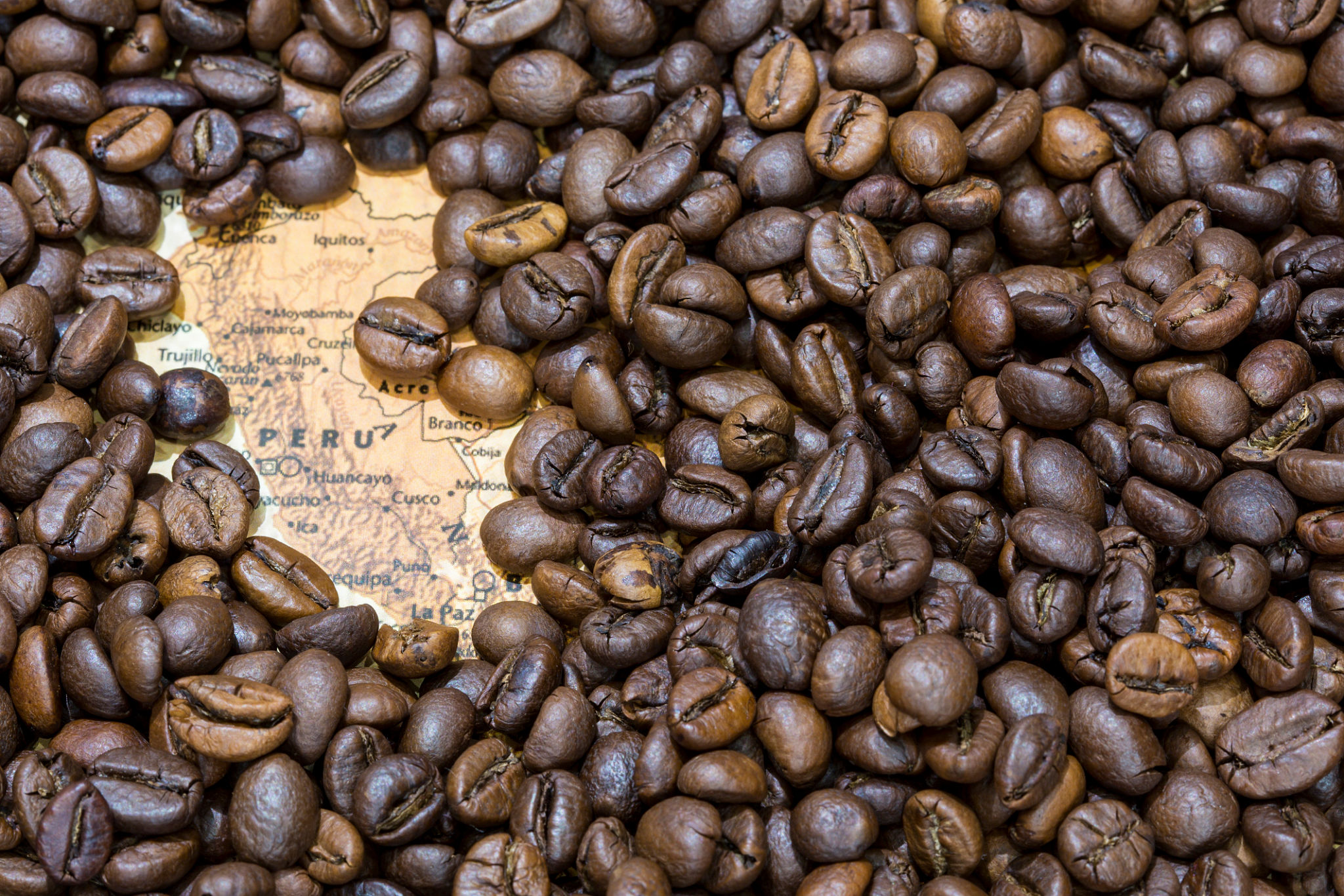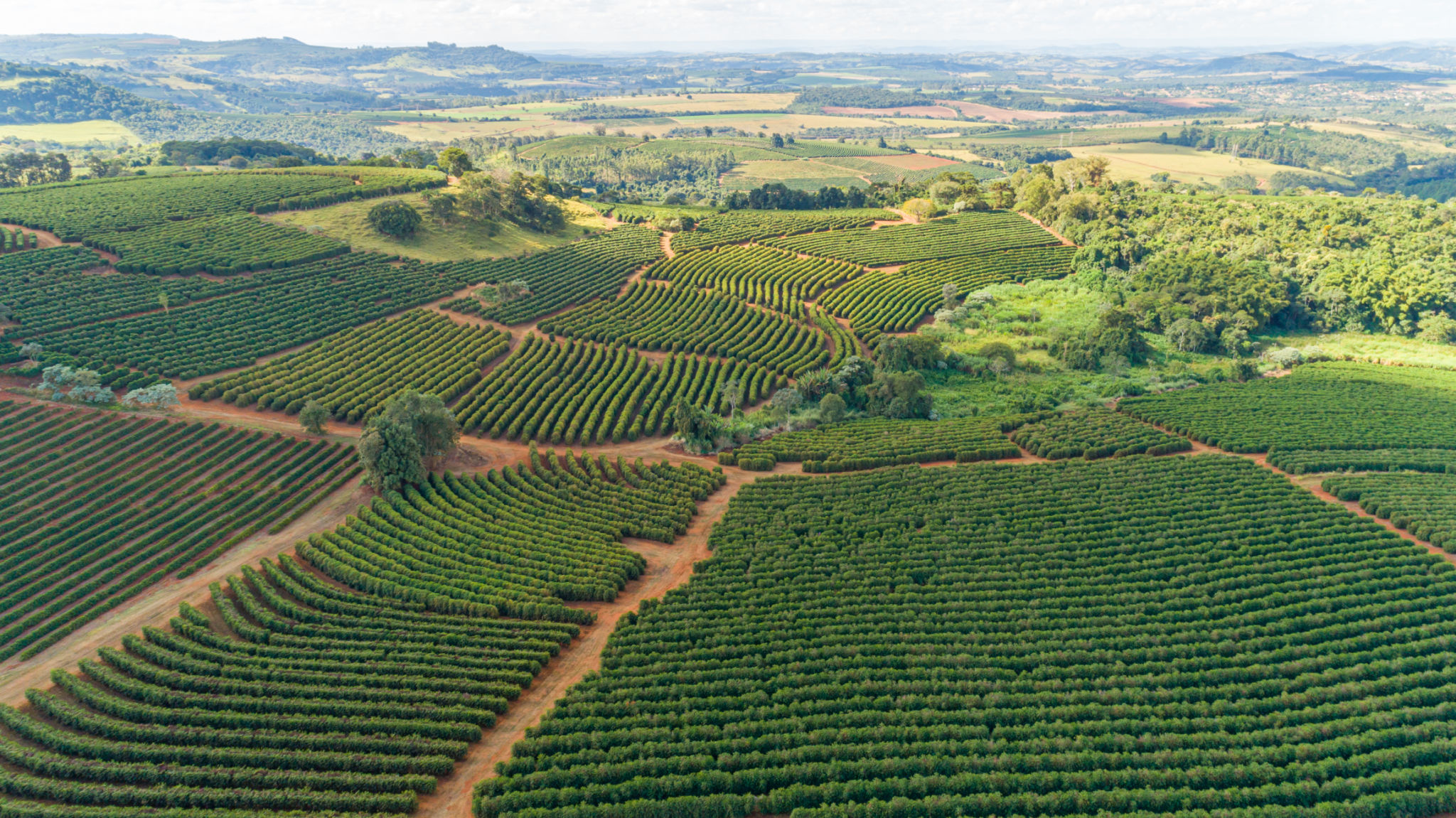Comparing Brazilian and Other South American Coffee Exports
Exploring South America's Coffee Powerhouses
When it comes to coffee, South America stands out as a major player on the global stage. Among its countries, Brazil is renowned for being the largest coffee exporter in the world. However, other South American nations also contribute significantly to the coffee market, each adding unique flavors and characteristics to their beans. Let's delve into how Brazil compares with its neighbors in the realm of coffee exports.

Brazil: The Titan of Coffee Production
Brazil's dominance in the coffee industry is unparalleled. Responsible for approximately one-third of the world's coffee supply, Brazil's vast landscapes and diverse climates create ideal conditions for growing a variety of coffee beans, including Arabica and Robusta. The country's coffee regions, such as Minas Gerais and São Paulo, are celebrated for their rich, full-bodied flavors with notes of chocolate and nuts.
Brazilian coffee is well-known for its consistency in quality and volume, making it a staple in many blends around the globe. The country's robust infrastructure supports efficient production and export processes, enabling it to maintain its position at the forefront of coffee exports.
Colombia: A Strong Competitor
While Brazil leads in volume, Colombia is famous for the quality and distinct flavor of its coffee. Colombian beans are typically grown at higher altitudes, resulting in a smoother, well-balanced brew with bright acidity and fruity undertones. The country's commitment to quality is evident in initiatives like the National Federation of Coffee Growers of Colombia, which ensures that only the best beans reach international markets.

Colombia may not match Brazil in terms of quantity, but its focus on premium beans has earned it a prestigious reputation among coffee connoisseurs. The nation's dedication to sustainable farming practices further enhances its appeal to environmentally conscious consumers.
Emerging Players: Peru and Ecuador
Aside from Brazil and Colombia, other South American countries are making their mark on the coffee scene. Peru and Ecuador have emerged as notable contributors, offering unique profiles that appeal to niche markets. Peruvian coffee is often characterized by its mild flavor with floral notes, while Ecuadorian coffee is known for its rich aroma and complex taste.

Both countries have seen growth in their coffee export sectors due to increased investment in quality control and sustainable practices. As a result, they are gaining recognition for producing high-quality beans that cater to diverse palates.
Challenges and Opportunities
Despite their successes, South American coffee exporters face several challenges. Climate change poses a significant threat to coffee production across the region, affecting crop yields and quality. Additionally, economic fluctuations can impact export volumes and profitability.
However, these challenges also present opportunities for innovation and growth. Investments in technology, sustainable farming methods, and diversification into specialty markets can help South American countries maintain their competitive edge in the global coffee industry.

The Future of South American Coffee Exports
As global demand for coffee continues to rise, South America's role as a key supplier is likely to strengthen. Brazil will undoubtedly remain a dominant force due to its scale and infrastructure. Meanwhile, countries like Colombia, Peru, and Ecuador will continue to carve out niches by emphasizing quality and sustainability.
The interplay between these nations creates a dynamic and competitive landscape that benefits consumers worldwide by offering an array of flavors and experiences. As South American coffee exporters adapt to changing conditions and consumer preferences, their contributions to the global market will remain vital and influential.